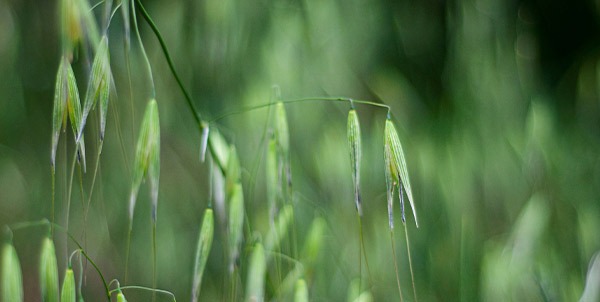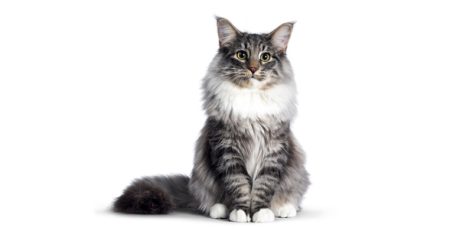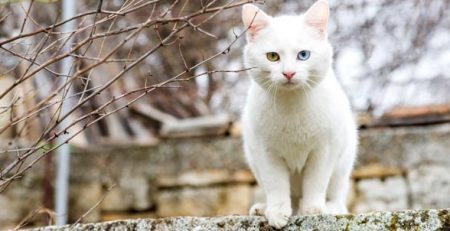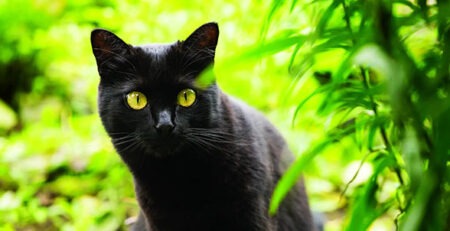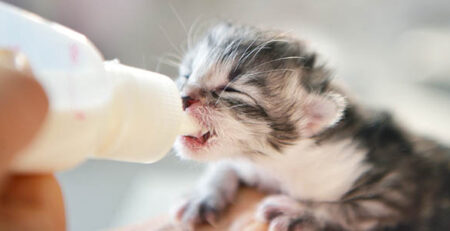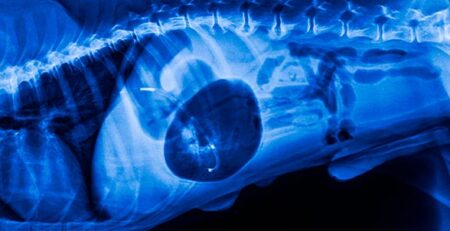Table of Contents
Forks are the inflorescences of some wild plants, particularly Gramineae (barley and oats).
From April to October, when these weeds proliferate everywhere and invade fields, gardens, flowerbeds, ditches and even the side of roads, their spikelets are a real calamity for dogs and cats.
Dandelions: why are they so dangerous to cats and dogs?
Pitchforks have a lanceolate -shape, characterized by very hard, pointed ends that are capable of piercing any area of an animal’s body.
And again, what makes them insidious and extremely dangerous is their surface, covered with tiny retroflexed spines, perceptible only by touch.
It is precisely because of the spines that they harpoon at the hair and penetrate the skin.
The advance of the forasacs is relentless: they never retreat
Penetration occurs rapidly and causes persistent, sharp pain, leaving purulent fistulas in the dog and carrying dust and bacteria, which are responsible for serious infections.
Phorasaccus abscess in the animal is easily identified: the affected area will be characterized by redness, swelling and pus.
Once penetrated through the epidermis, they begin their journey through the animal’s own movements and can even reach internal organs, causing serious injury.
What are the preferred entry areas for the forasakas?
The bores can penetrate anywhere through the orifices(ears, nose, vulva) of the dog and cat.
The parts of the body into which they most easily creep are the interdigital spaces, the plantar pads, and the eyes.
The paws are the parts most affected by the forasacs
If the bores penetrate through interdigital spaces and plantar pads, the dog or cat usually begins to limp.
What is more, the animal appears visibly in pain and begins to lick the affected area.
It may happen that the infamous hairpin does not penetrate completely.
In this case, try to pull it all the way out with tweezers and be careful not to break or snap it.
Unfortunately, fragments or debris that remain subcutaneously cause serious infections.
Dogs’ and cats’ ears are also among the favorite entry areas of forasaws
If the animal repeatedly shakes its head or keeps it bowed or scratches its ears, it is probably the fault of a hairpin.
Since it may go so far as to perforate the eardrum, absolutely avoid any personal initiative.
Rather, go promptly to your trusted veterinarian.
Pitchforks can also penetrate through the eyes and eyelids of dogs and cats
Here the most obvious symptom is profuse tearing.
In addition to the risk of conjunctivitis and corneal perforation, a far more serious consequence could be blindness’.
That is why it is critical that you run to your veterinarian immediately.
Dandruff in the dog and cat’s nose: symptoms
If the animal sneezes frequently, the forasac may also have been inhaled.
The animal sometimes succeeds in expelling it through sneezing, but often the sneaky phorasacus creeps deeper, even reaching into the lungs and causing violent bouts of hemorrhagic coughing.
It is indispensable that you contact your veterinarian as soon as possible, who, through an ultrasound scan, will be able to pinpoint precisely where the phorasacus is located.
What precautions to take?
It is evident, therefore, how important it is to visit the veterinarian at the slightest suspicion of phorasic penetration.
But it is equally important to reduce the likelihood of dogs and cats becoming victims.
To protect and safeguard your dog’s health, here are the right rules
- Avoid leading the dog, or letting the cat run wild, in areas where grass is tall and ears of corn grow in abundance
- Regularly mow the grass in the garden and take steps to remove mowing
- Brush the animal thoroughly when returning from the walk, especially if it is a long-haired dog
- Always check interdigital, axillary, groin spaces
- Also examine the ears, mouth and nose
If you notice any abnormal behavior in your animal, consult us without delay and promptly.
The Staff Veterinarians at La Veterinaria Clinic will perform a thorough checkup on your dog or cat and specific examinations for the location, removal of the treacherous spikelets and treatment of any infection.
Also, remember that Clinica La Veterinaria is open every day h24 including holidays and with First Aid service from 8 pm to 8 am.
For the joy of seeing them happy

